Energy storage is the bottleneck of electric flying as conventional battery packs add to much weight to the aircraft for an efficient operation. Professor Asp and his research group at Swedish Chalmers University offer a smart solution: integrate battery systems in structural aircraft components. Airbus already registered patents for a commercial application.
aero.de: A big electric passenger aircraft where the aircraft fuselage itself serves as battery – is this a far away utopia?
Leif Asp: I think it is not a utopia, I think it is likely that we are going to see batteries that can be placed in the load path of large structures. I think that it is also most likely or more suitable to have it in aircraft interiors than in aircraft fuselage or wings.
Depending on the load that the structure is supposed to sustain, maybe we will need to have softer polymers than we usually have. I think it is not an utopia, but maybe this is going to be in a first step in other structures than the fuselage.
aero.de: How does carbon fibre work as a structural battery?
Asp: Could you find a way to explain the fundamental functionality of the battery in three to four sentences for non-physicists? In a structural battery composite materials carbon fibres act as reinforcement and as anode (negative electrode) at the same time.
To make a battery a cathode (positive electrode) is introduced coating another layer of carbon fibre with a lithium-rich material. The two electrodes are separated by an electrical insulator material (typically a polymer). The three layers are then soaked in a polymer electrolyte, allowing for Li-ion diffusion and mechanical load transfer.
aero.de: Which could be the benefits of such structural batteries compared to traditional lithium batteries?
Asp: The benefit is not on the cell capacity: In our case the cell will most likely store less energy than the traditional battery. But it can also take mechanical load. That means that it can actually save weight on the systems level - as we introduce these materials we can take away some of the monofunctional device and materials like the composite battery which is not contributing to the mechanical load.
This is how on the vehicle system level we will be able reduce a lot of weight: The mass that was previously used to have monofunctional batteries is now overcome and we can have a battery which is part of the structure. That is the benefit.
aero.de: It seems that structural batteries and carbon fibre could pave the way towards electric or hybrid aircraft…
Asp: …or also automobile, of course. But surely – Airbus is foreseeing to have an all-electric regional aircraft for about 100 passengers for one/one and a half hours flight by 2050. If they want to replace the kerosene, they will need about one ton of battery per passenger to allow that electric flight.
They need to find a way to store electric energy in a more efficient way related to the mass contribution from the energy storing.
aero.de: Engineers use to say that the energy storage is one of the most difficult challenges they are facing concerning e-aviation…
Asp: I think they are looking for different devices, but I know that Airbus recognizes structural batteries as one of the potential vehicles and they are very keen to pursue this research collaboration with us for instance.
aero.de: Have you worked together with Airbus in your researches?
Asp: Yes, we have one ongoing project called SORCERER which is funded by the European Commission, Clean Sky Joint Undertaking 2 and Horizon 2020. It started two years ago and it is running until early 2020.
aero.de: In 2017 Airbus registered a patent on structural batteries for an aircraft fuselage or wings…
Asp: Yes, we have several patents with them, actually since one year we have a quite close collaboration with Airbus on multifunctional materials. It is very clear that Airbus is supporting these ideas very strongly.
aero.de: But looking at their patent, they have other ideas for the structural batteries than you have – you have said that those batteries will most probably be included in the interior of an aircraft. Airbus is thinking about including them also in the fuselage and wings.
Asp: This is clear. By no means we will be satisfied having them in the interior. Since you have asked if this is an utopia, it is not. But the big potential is to use it in secondary structures because the requirements from the structural point of view are much less.
One has to realize that the certification process for these structures is quite demanding and the certification process in place is for mechanical and electrical devices - and it is quite massive.
With the combination of these, these types of certification processes need to be combined. For the structural component certification is much tougher than for the secondary structure. For that reason I think that one should learn and ramp up the ideas.
aero.de: Nevertheless, thinking a bit further and imagining that structural batteries make it into the fuselage – would that make maintenance and repairing more expensive and complicated?
Asp: Obviously having these introduced into the structure, one has to be clever. If one battery cell fails, it is important that the aircraft continues to fly. You need to design maybe a modular system that allows you to do efficient and quick repair.
Where you have this integrated it is not going to be as easy as before to maintain, it is going to be more problematic. I think you need to have a strategy that allows you to come back to the airport without getting failure, then you need to have a quick way that allows you to replace damaged modules, maybe you will need to have a technique for this.
But I think when it comes to manufacturing, of course the complication is not the composite of the batteries, but the connections of all the cells that you have. The cost for these materials is not expected to be much more than for traditional composites, but the way to manufacture and to connect them is going to be different.
aero.de: Let’s switch back to the sustainability issue. Paving the way to electric or hybrid aircraft would be a great step in regards of sustainability in aviation. But what about the material itself: is carbon fibre a sustainable material?
Asp: This is an important question. Because the carbon fibre today that is seen in aircraft and also in cars costs about ten euros per kilogram in energy to produce it. It is a huge investment.
But if one uses hydro power or solar power or wind power to produce the carbon fibres, the CO2 offprint will be very low. One can even think about ways of manufacturing carbon fibres with a negative Co2 offprint.
If you produce it in Germany using electricity generated from fossil fuel (e.g. coal) the Co2 offprint will be up to a thousand times higher than if you produce it in Sweden with electricity from hydro energy.
aero.de What about the recycling of carbon fibre?
Asp: The value is good. In Germany they are doing it in a very good manner of composite. Of course these fibres as you recycle them, they become shorter and shorter so you can use them for other applications. These techniques are available and in place.
aero.de: You have mentioned 2050 as a time scale for an all-electric passenger aircraft for about 100 passengers. Do you have a time scale for a smaller aircraft including structural batteries?
Asp: In this SORCERER project we are obliged to provide an A4-Prototype by the end of this year which is designed for the personal service unit where the gas mask is coming down.
There are two cable systems: one for running and one for redundancy. And if you are thinking about potentially one of these cables with a structural battery this demonstrates that you are providing for Airbus within this Clean Sky-Project.
aero.de: Which size could a prototype aircraft have?
Asp: Oh, this would be a mini aircraft. We have not discussed that, but they have the e-Fan and a number of smaller aircraft. This is the first project with Airbus where we are trying to do something on the application and to get some demonstrators.
We have done other types of demonstrators earlier with the automotive industry called "Storage” with Volvo that was on the road for two years.
aero.de: Do you know about similar researches of rivals like Boeing, Zunum and so on?
Asp: If you look at our technology, we actually have the requirement that every material constituent should have at least two roles in the multifunctional composite material.
Competitors in the US and in Australia in particular look at techniques where they laminate commercially available batteries into structures making multifunctional structures. This is quite strong at Stanford and US Navy.
Boeing and Airbus alike both express composites for the future to comprise mass-less energy storage. They have recognized this both. But what we are doing is quite unique.
If you want to do something that is interdisciplinary you need to have a mixed team. You need materials scientists, you need mechanical and chemical engineers and so on - all working on the same problem, bringing their own expertise into the team and trying to develop something on a larger scale. And this is of course requiring quite big projects and programs.
In Sweden we have been able to do that: At the moment we have seven PhD-Students already active in this and we have six professors. We have quite a big team. Whereas our competitors have failed to win such big contracts.
Thank you very much for the interview Mr. Asp.
© aero.de | Abb.: Chalmers University and KTH | 15.05.2019 11:31

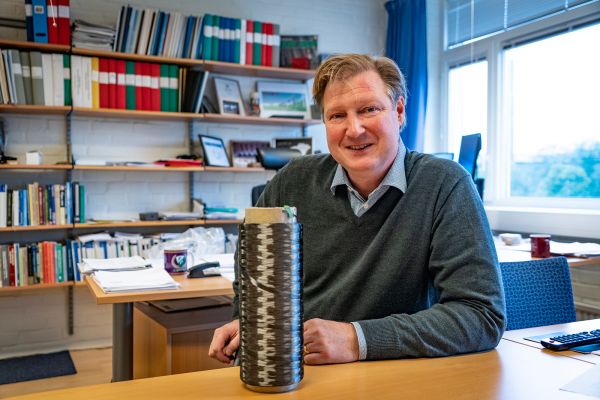
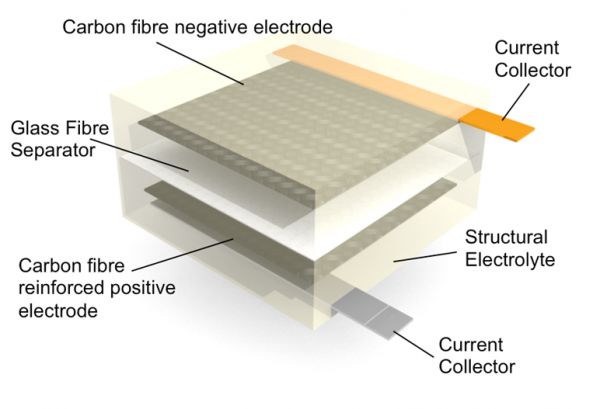
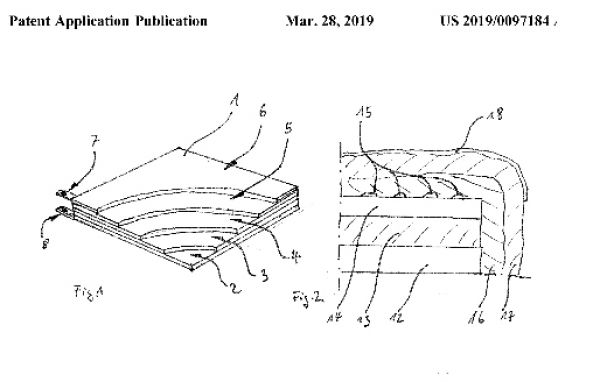
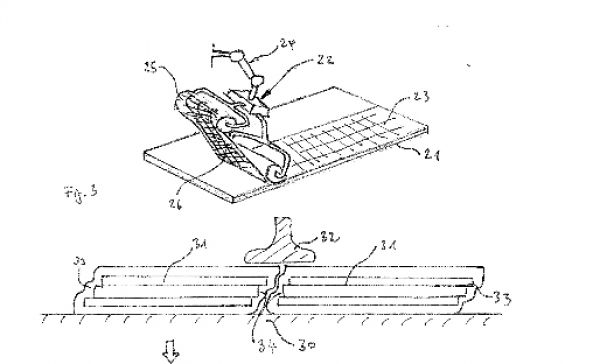
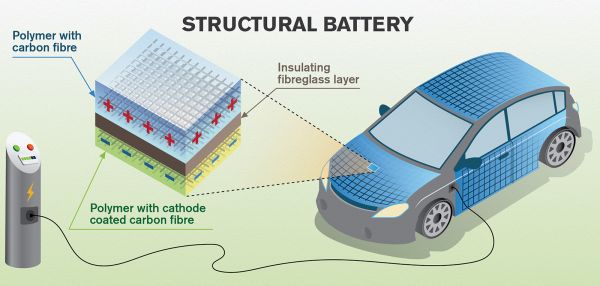


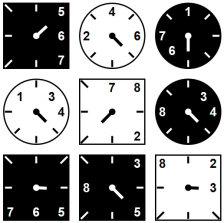





Kommentare (0) Zur Startseite
Um einen Kommentar schreiben zu können, müssen Sie sich bei aero.de registrieren oder einloggen.